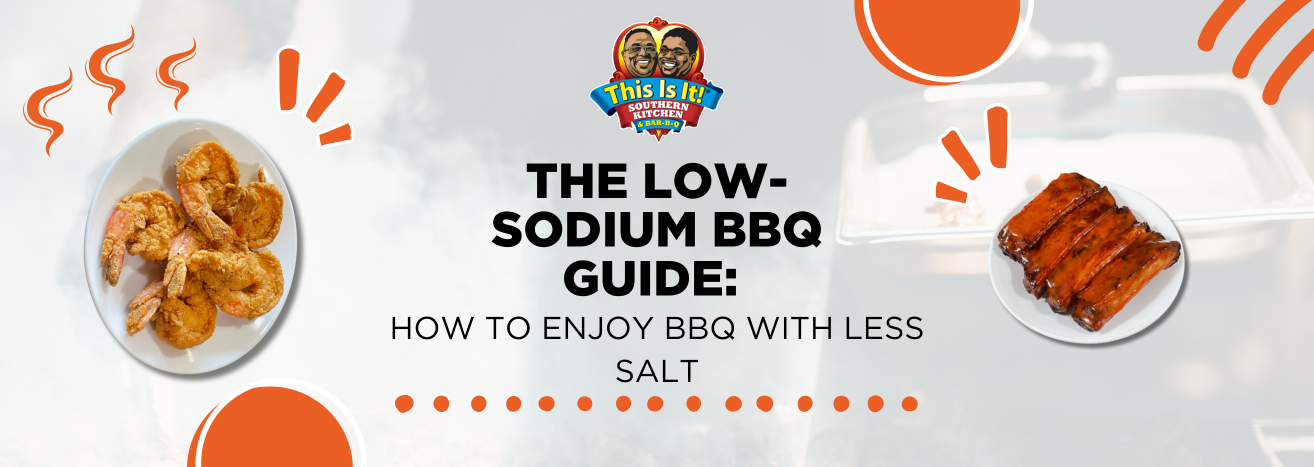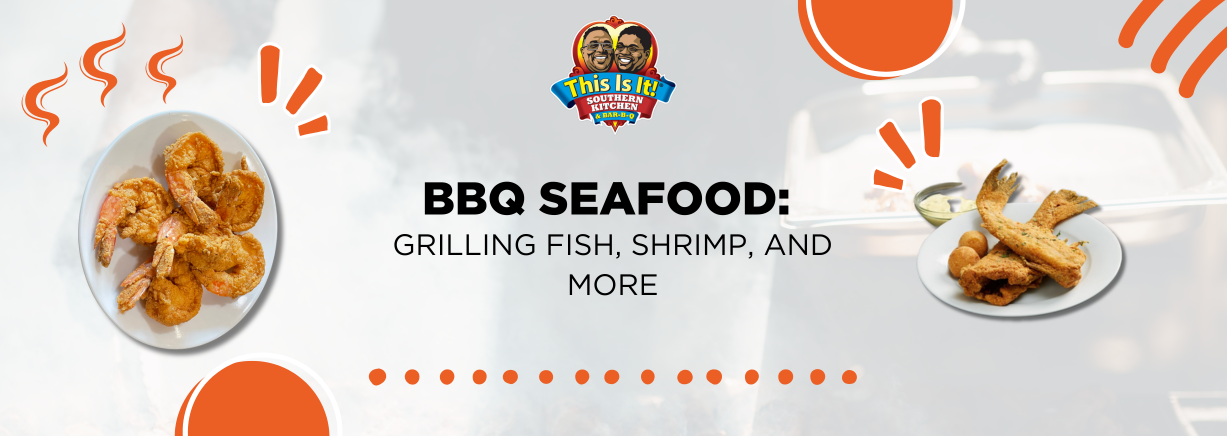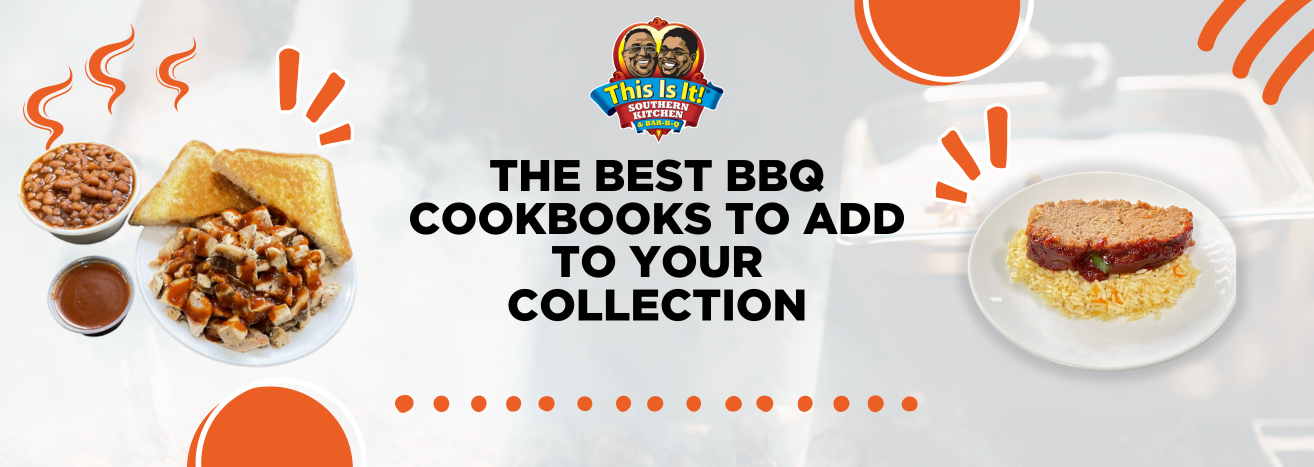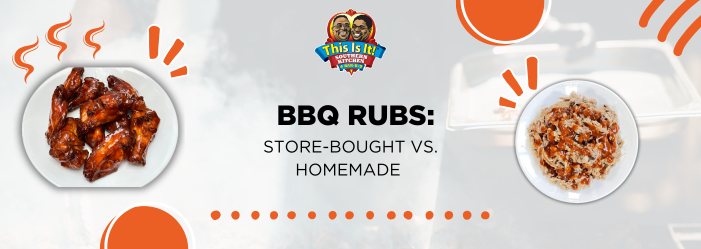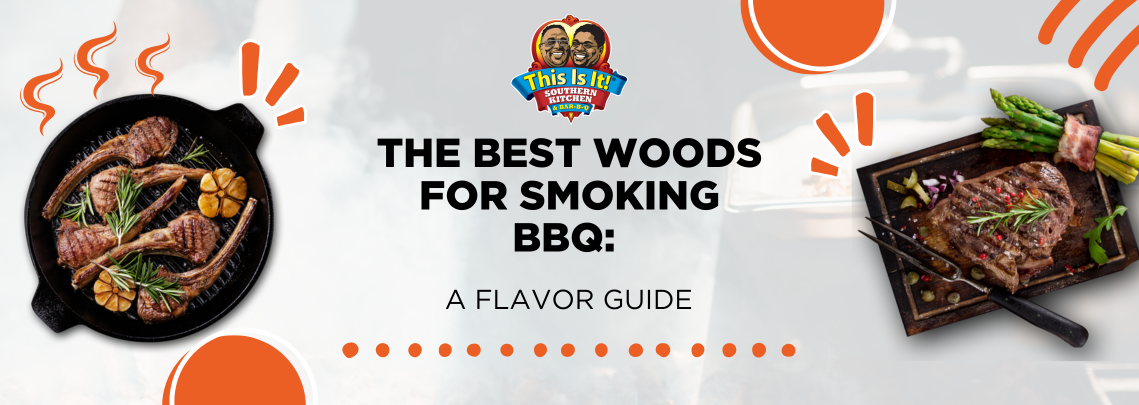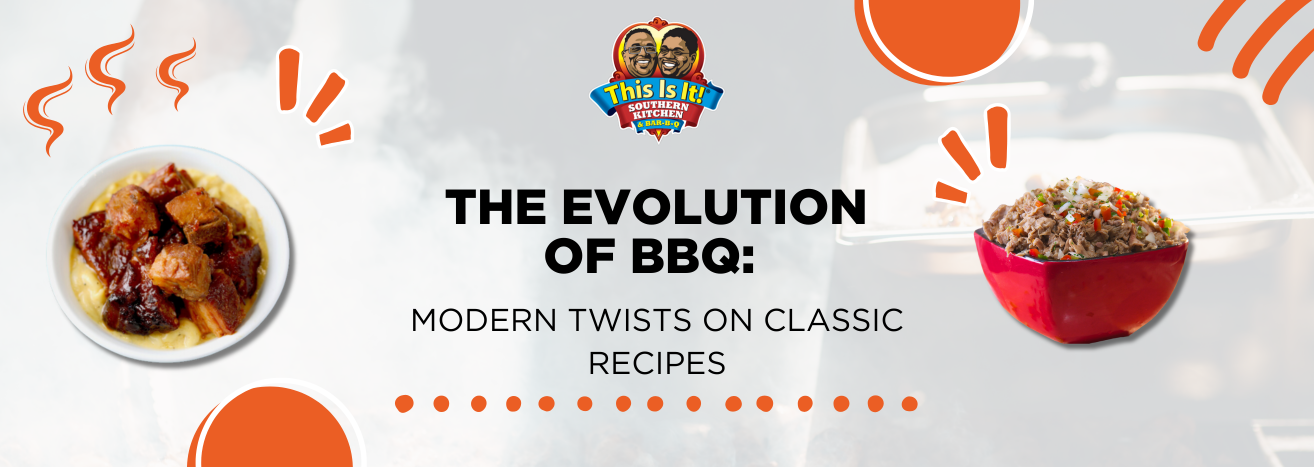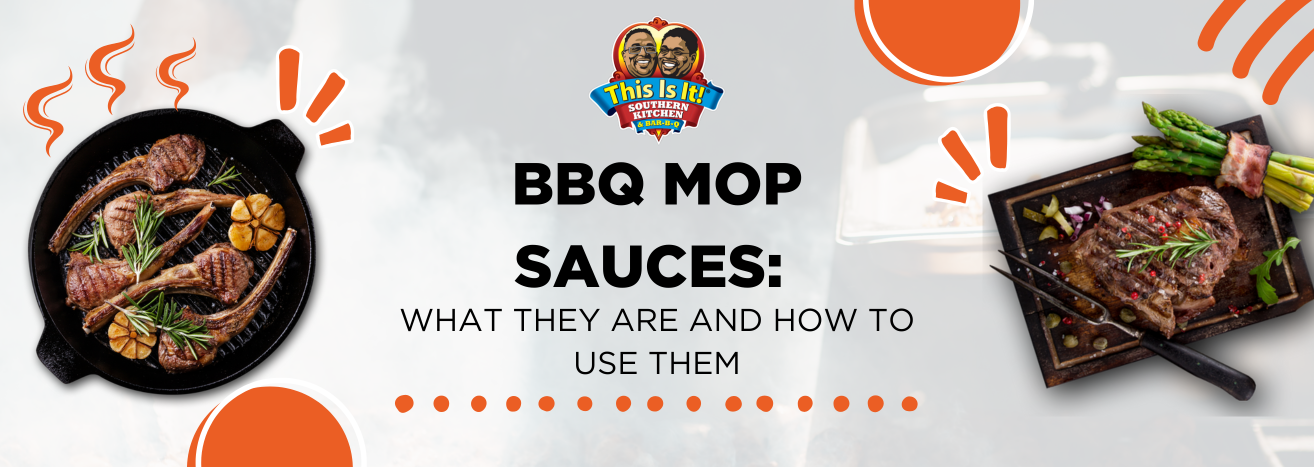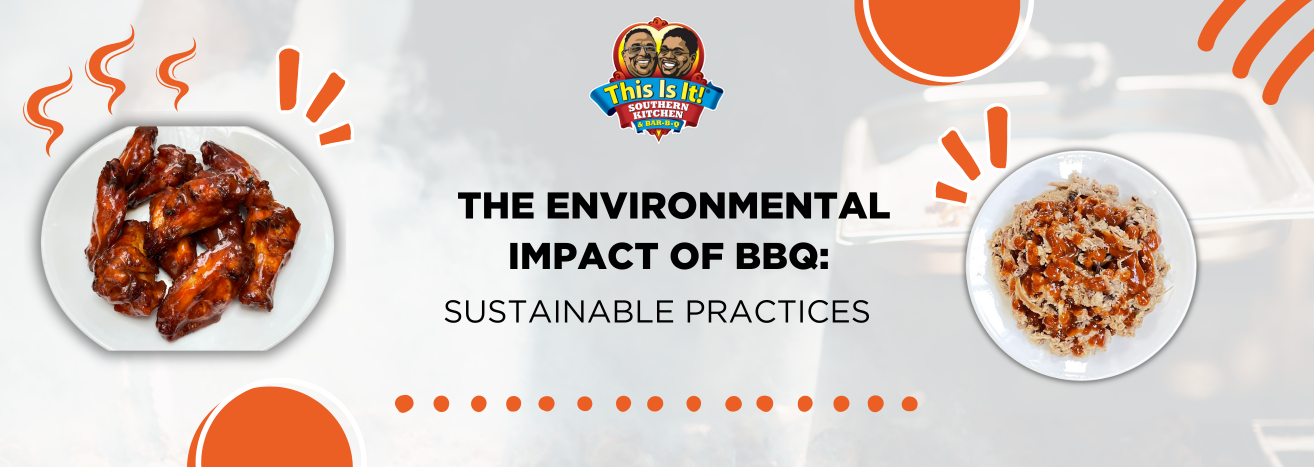The Science of BBQ: Understanding the Maillard Reaction and Smoke Rings
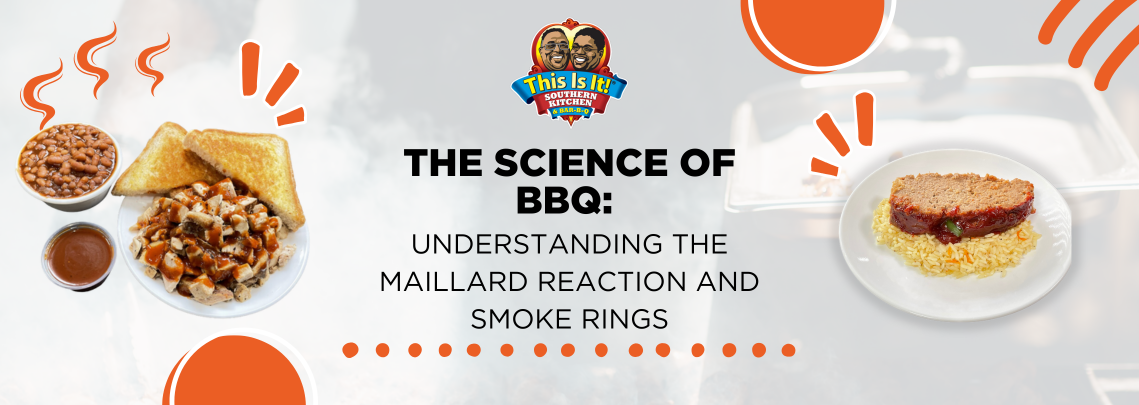
Table of Contents
- Introduction
- The Art and Science of BBQ
2. The Maillard Reaction: The Flavor Builder
- What is the Maillard Reaction?
- How It Works
- Why It Matters in BBQ
- Tips for Maximizing the Maillard Reaction
3. The Smoke Ring: A Badge of Authenticity
- What is the Smoke Ring?
- How It Forms
- Factors That Influence the Smoke Ring
- Myth-Busting the Smoke Ring
4. Pairing the Two: A Symphony of Science
5. Common Pitfalls and How to Avoid Them
- Too Much Moisture
- Inconsistent Heat
- Choosing the Wrong Wood
6. Experimenting with BBQ Science
- Marinade vs. Dry Rub
- Wood Pairing
- Temperature Testing
7. Tools to Perfect Your BBQ
- Thermometer
- Smoker Box
- Drying Racks
8. Bringing It All Together
- Embracing Science in Your BBQ Journey
9. Related Visuals
- Image 1: The Maillard Reaction in Action
- Image 2: The Perfect Smoke Ring
10. Conclusion
- Elevate Your BBQ Game with Science
When it comes to crafting the perfect BBQ, understanding the science behind the flavors can elevate your cooking game to an entirely new level. BBQ is more than just throwing meat on a grill; it’s a combination of art and science. Two critical processes in this culinary art form are the
Maillard Reaction and the formation of the
smoke ring. These phenomena not only enhance the taste but also create the visual appeal that BBQ enthusiasts crave.
The Maillard Reaction: The Flavor Builder
What is the Maillard Reaction?
The Maillard Reaction is a chemical process that occurs when proteins and sugars in food are exposed to heat, leading to the development of complex flavors and a golden-brown crust. Discovered by French chemist Louis-Camille Maillard in 1912, this reaction is responsible for the mouthwatering aroma and the rich, savory taste of BBQ meats.
How It Works
When food is cooked at temperatures above 285°F (140°C), the heat causes amino acids (from proteins) and reducing sugars to interact. This creates a cascade of chemical reactions, resulting in hundreds of new flavor compounds. These compounds contribute to the characteristic taste of grilled or roasted meats.
Why It Matters in BBQ
The Maillard Reaction gives BBQ its signature caramelized crust, which seals in the juices and adds depth to the flavor. Achieving the perfect Maillard reaction requires balancing heat, cooking time, and surface moisture.
Tips for Maximizing the Maillard Reaction:
- Dry the Meat Surface: Patting the meat dry before cooking ensures a good sear.
- Preheat the Grill: High temperatures kickstart the reaction.
- Avoid Overcrowding: Allow air circulation around each piece of meat.
The Smoke Ring: A Badge of Authenticity
What is the Smoke Ring?
The smoke ring is a pink layer just beneath the surface of smoked meats, like brisket or ribs. While it might look like raw meat, it’s actually a chemical reaction that happens during the smoking process.
How It Forms
The smoke ring forms when nitrogen dioxide (NO2) in the smoke reacts with the myoglobin in the meat. Myoglobin is the protein responsible for the red color in raw meat. This reaction creates nitric oxide (NO), which binds with the myoglobin to retain its pink hue, even after the meat is fully cooked.
Factors That Influence the Smoke Ring
- Wood Choice: Hardwoods like hickory and oak produce more nitrogen dioxide than softwoods.
- Moisture: A moist cooking environment helps NO2 penetrate the meat.
- Temperature: Smoking at lower temperatures (225°F–250°F) allows for a prolonged reaction.

Myth-Busting the Smoke Ring
Contrary to popular belief, the smoke ring is not an indicator of superior flavor. It’s more of a visual hallmark that BBQ purists value. Even without a pronounced smoke ring, your meat can still be packed with flavor.
Pairing the Two: A Symphony of Science
The Maillard Reaction and the smoke ring are not mutually exclusive. In fact, they work together to create BBQ magic. The Maillard Reaction provides the crispy crust and savory flavors, while the smoke ring adds an aesthetic touch that signals quality to your guests.
Common Pitfalls and How to Avoid Them
- Too Much Moisture: Excess moisture can prevent the Maillard Reaction.
- Solution: Use paper towels to dry the meat and avoid basting too early.
- Inconsistent Heat: Uneven heat can disrupt both the Maillard Reaction and the formation of the smoke ring.
- Solution: Use a thermometer to maintain steady grill or smoker temperatures.
- Choosing the Wrong Wood: Not all woods produce the same smoke quality.
- Solution: Experiment with different woods to find your flavor preference.
Experimenting with BBQ Science
For the BBQ enthusiast, understanding these scientific principles opens up a world of possibilities. Here are some fun experiments to try:
- Marinade vs. Dry Rub: Compare how each method affects the Maillard Reaction.
- Wood Pairing: Test how different wood types impact the smoke ring.
- Temperature Testing: Cook the same cut at varying temperatures to observe changes in crust formation and smoke ring visibility.
Tools to Perfect Your BBQ
To harness the power of science in your BBQ, investing in the right tools is essential:
- Thermometer: For accurate temperature control.
- Smoker Box: To enhance smoke flavor.
- Drying Racks: For prepping meat before cooking.

Bringing It All Together
Understanding the Maillard Reaction and the smoke ring helps you not only cook better BBQ but also appreciate the intricate science that transforms simple ingredients into culinary masterpieces. By mastering these principles, you can impress your friends and family with BBQ that looks and tastes professionally done.
So, the next time you fire up the grill, think beyond the flames. Embrace the science, and watch as your BBQ game reaches new heights.
Best served with your favorite sides, a cold drink, and good company.
